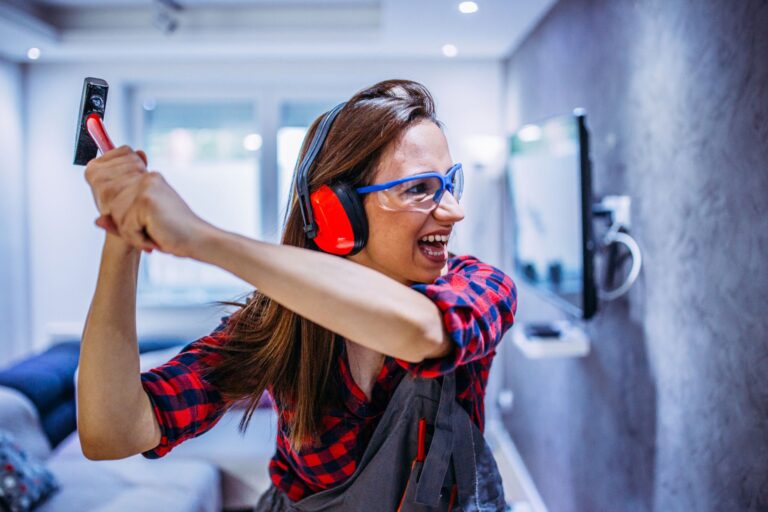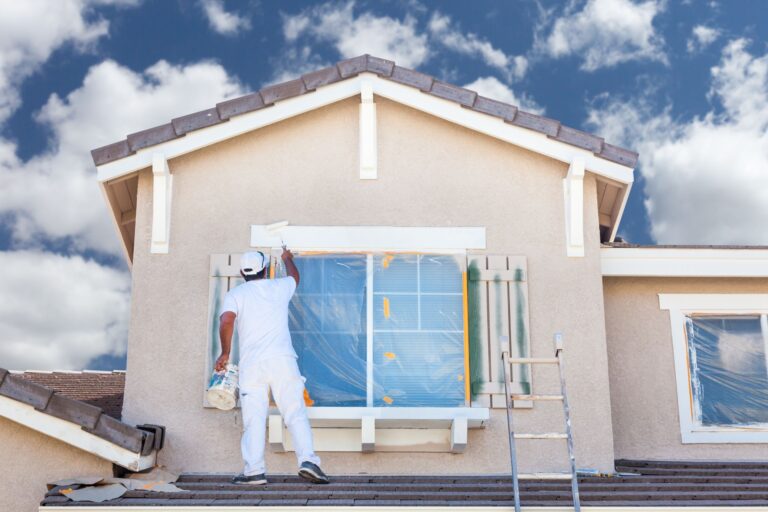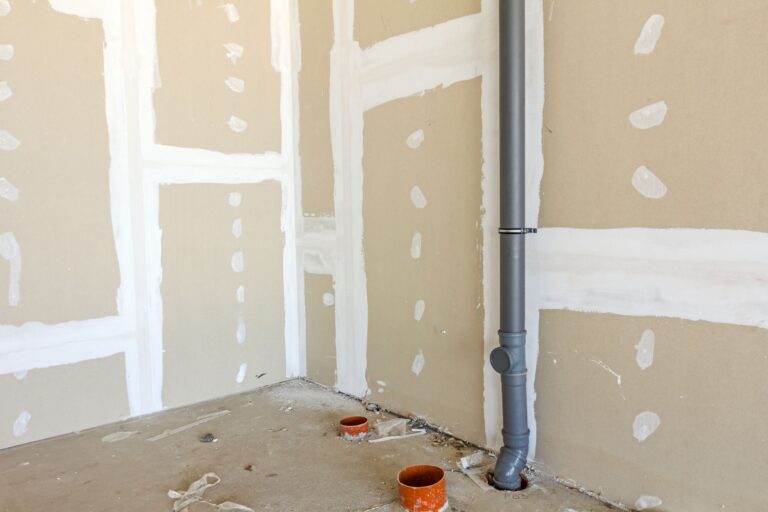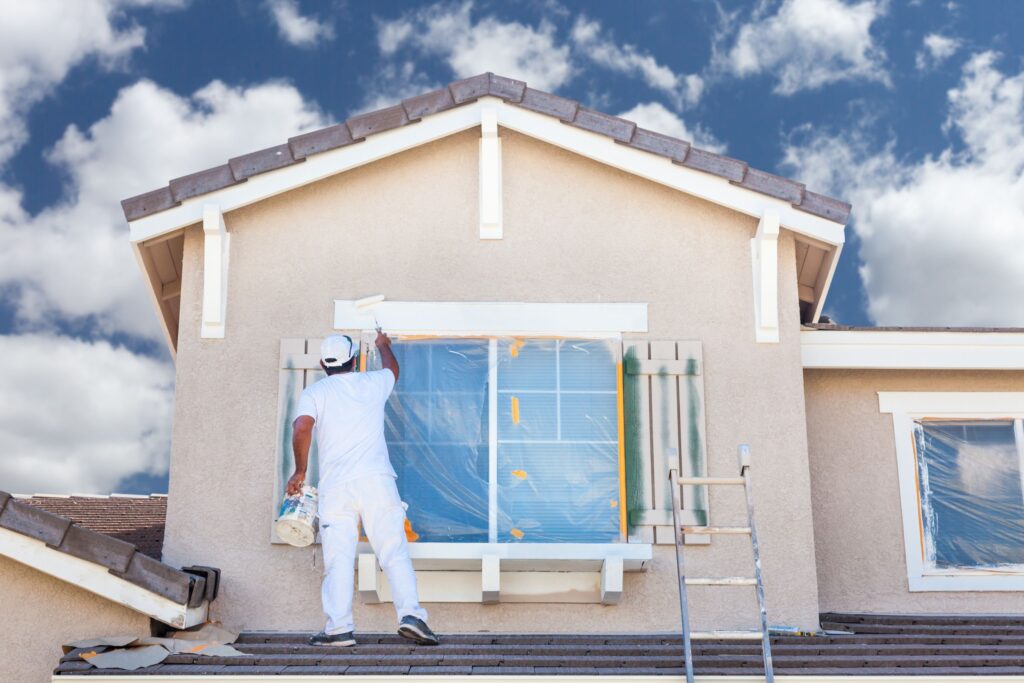
There comes a time in life when your house must serve purposes beyond appearances. It must work for you not only for today but also for tomorrow and the years following that. Whether your home improvement needs are simple planning ahead, caring for a loved one with mobility issues, or retiring, remodeling for aging in place has evolved into one of the smartest and most sympathetic ways to handle things. It’s not about rendering your residence clinical or austere. It’s about improving usefulness without compromising appearance.
At Hickory Hollow, we think that a well-designed house should fit its owners rather than vice versa. We are thus delving deeply into the theory and doable techniques of accessible remodeling. From clever layout adjustments to minute design tweaks, you will find how a few well-considered improvements may turn your living area into a lifetime haven—safe, modern, and future-ready.
The Mindset Shift: Designing for the Life Ahead
Renovating cabinets, upgrading tiling, or demolishing a wall for more open space appeals to many homeowners as only aesthetic projects. But priorities alter when you start to view your house as a companion in the next phase of your life. You begin to emphasize safety, flow, and utility instead of only appearance. Remodeling for aging in place calls for a change of viewpoint from transient beauty to long-term use.
This is not about converting your house into a hospital. Actually, almost undetectable is the ideal global design. Not only are wider doors, zero-threshold showers, non-slip flooring, and improved lighting for people with restricted mobility. Everybody, regardless of age or ability, gains comfort and convenience from them. Early planning also helps you to avoid hurried, reactionary renovations later and to spread expenses.
More crucial still is your continued control. You define your space on your terms. Over time, that autonomy becomes more and more important since it provides peace of mind knowing your house is ready for whatever the future presents.
Remodeling the Bathroom: Comfort and Safety Without Compromise
For good reason, the bathroom is generally one of the first rooms in an aging-in- place makeover to be improved. As mobility changes, this area is especially difficult with slippery flooring, small layouts and high-edged tubs. But design shouldn’t suffer in order to ensure safety. Your bathroom may feel inclusive, stylish, and efficient all at once with the correct technique.
Walk-in showers with grab bars, handheld showerheads, and built-in chairs are increasingly considered as part of high-end, spa-inspired trends rather than as institutional. Especially at times of recovery, illness, or aging, adding anti-slip tiling, lower counters, and well-placed storage will make everyday activities safer and simpler.
Lighting is also really important. While motion-sensor nightlights make nighttime travel safer, soft, glare-free lighting close to mirrors and task areas helps avoid strain. The idea is to layer deliberate decisions that silently promote comfort and dignity for years to come, not to obsess over every detail.
Kitchen Adjustments That Make Everyday Life Easier
Life is happening in the kitchen. Cooking is only one aspect; it’s about gathering, sharing, and nouraging as well. However, it can soon become among the most difficult rooms to negotiate for elderly people or anyone with mobility issues. Subtle, smart remodeling then comes in handy—not to completely change everything but rather to increase flow, reachability, and safety.
Work on layout first. Especially between counters, appliances, and islands, open paths help to minimize risk of falls or collisions and ease strain. Counter-level microwaves, soft-close drawers, and pull-out shelves all help to lessen bending and reaching. For someone with arthritis or limited hand strength, installing D-shaped cabinet handles and lever-style faucets also improves access.
Not even the flooring gets any thought. Think about underfoot cushioned slip-resistant materials. Combined with voice-activated appliances and under-cabinet illumination, your kitchen becomes a haven of freedom and simplicity instead of possible hazards. Still lovely, still yours—just more intelligent and user-friendly than it was.
Rethinking Entryways, Hallways, and Movement Flow
When thinking about renovations, it’s easy to focus on rooms, but some of the most important changes happen in the “in-between” spaces. Hallways, staircases, and entryways dictate how smoothly someone can move throughout the home. For aging in place, these areas deserve just as much attention as kitchens and bathrooms.
Expanding narrow hallways or doorframes can allow for easier movement, especially if mobility aids like walkers or wheelchairs become necessary in the future. Adding ramps or gently sloped entries not only removes barriers—it also boosts overall accessibility for visitors, deliveries, and even young children. These additions, when well designed, blend seamlessly into the architecture.
Lighting is another often-overlooked factor. Motion sensors or low-level lighting help avoid missteps in the dark. Handrails, strategically placed near steps or long hallways, offer additional support without making the home feel clinical. Every foot traveled inside your home should feel safe, not strained—and with the right planning, it absolutely can.
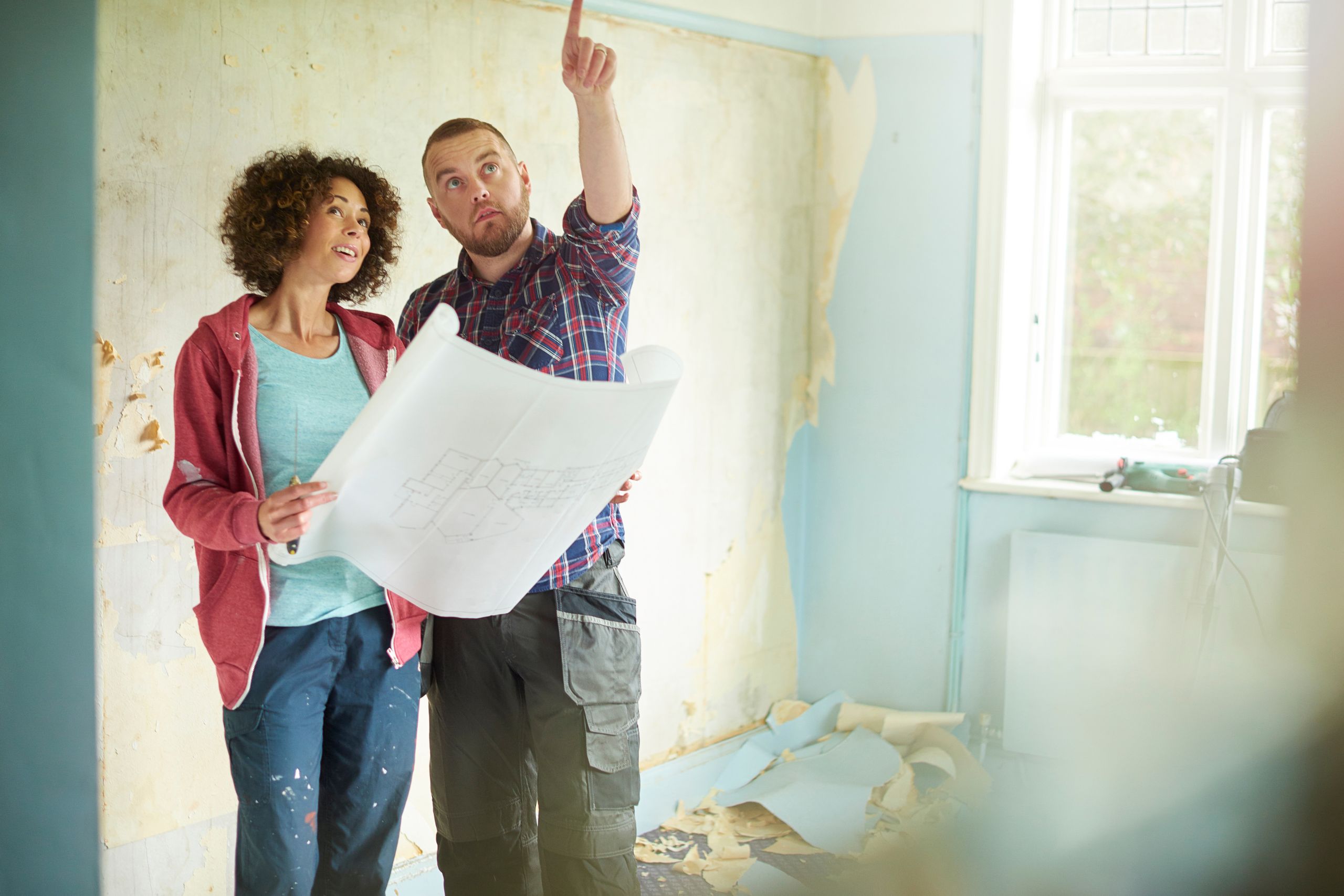
Conclusion: Your Home, Your Timeline, Your Legacy
Planning for aging in place isn’t just about staying put—it’s about staying empowered. It means looking at your home with both realism and optimism, then shaping it to meet future needs without sacrificing comfort, beauty, or pride. At Hickory Hollow, we believe that the best renovations aren’t rushed or reactive—they’re intentional and inspired. Your home tells a story, and when you remodel it to grow alongside you, that story becomes one of resilience, care, and deep-rooted foresight. It’s not about changing everything. It’s about changing the right things at the right time. And whether you’re just starting the process or already deep in design plans, you’re not just upgrading your house—you’re building a better life inside it.

